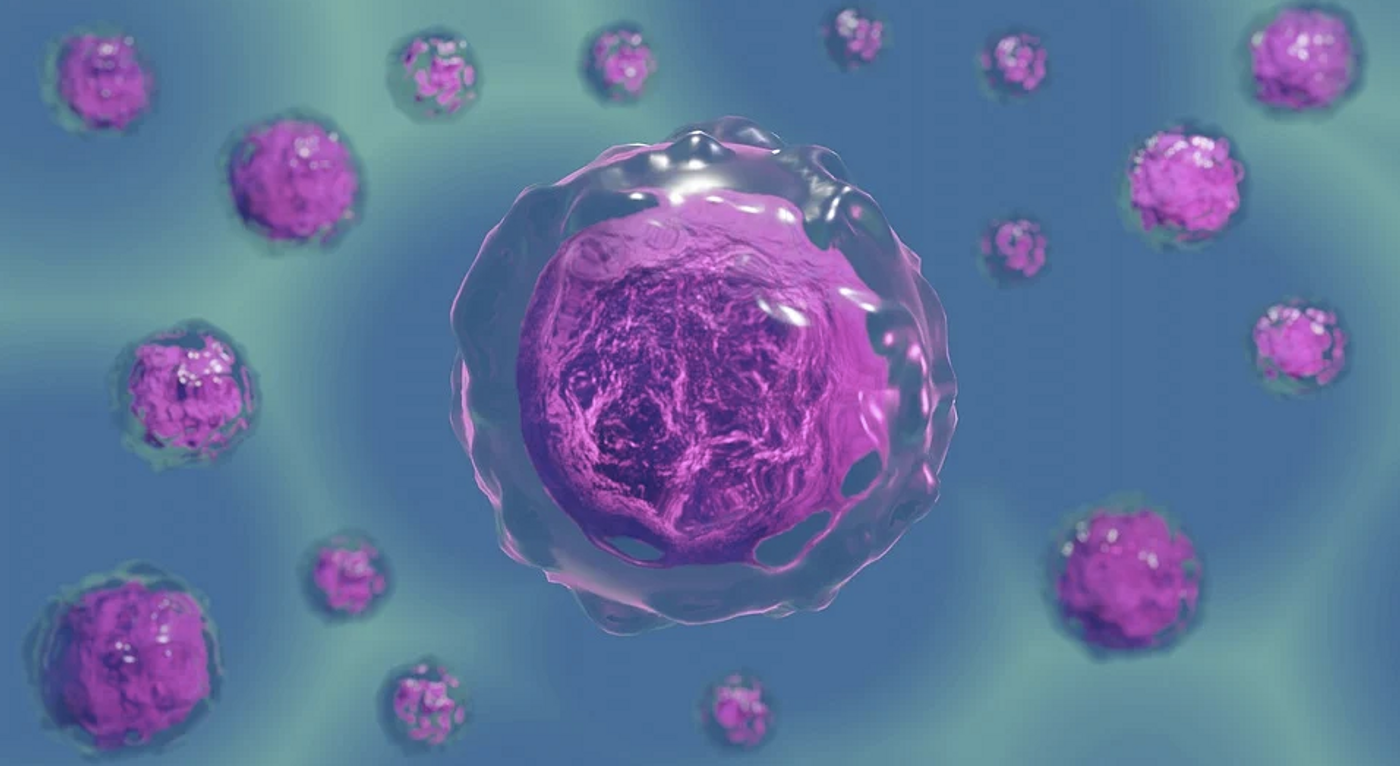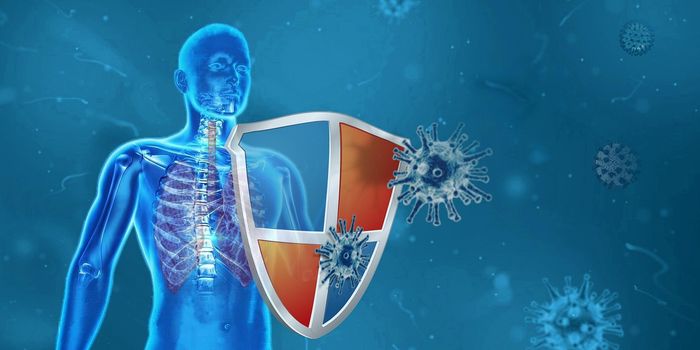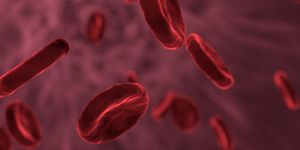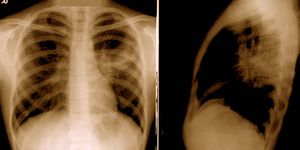Do Organisms Have to Pass Down More Than Just DNA?
The genome is often thought of as a set of instructions for building an organism. When genes are active, they express proteins, so these active genes give rise to the characteristics of a cell. An organism is made of various cell types that come together to form structures and tissues. As cells divide, the genome replicates, and the genetic code gets passed on to new cells. The next generation also inherits the genome and the growth cycles repeat to build a new organism.
But researcher Antony Jose, associate professor of cell biology and molecular genetics at the University of Maryland, thinks there is more to the system, and that heredity is more complex than just passing on a genome. He has suggested that DNA is merely a list of ingredients, and that to create an organism, the molecules that regulate the cell, including the DNA inside, also store information that is needed to build and maintain a living creature. His theoretical framework for heredity has been published in two papers, one in the Journal of the Royal Society Interface and the other in the journal BioEssays.
"DNA cannot be seen as the 'blueprint' for life," Jose said. "It is at best an overlapping and potentially scrambled list of ingredients that is used differently by different cells at different times."
His theory may help explain why we have sequenced the human genome, but have not made huge advances in our understanding of how complex biological characteristics or diseases arise. One example is organ shape; we don't know whether an animal will have a certain organ or what shape it would have by reading DNA; Jose's work suggests that these characteristics are set by something outside of the genome.
Of course, we also know that regulatory proteins help determine which genes are active, and those proteins are encoded by the genome, but it is true that the spatial arrangement of molecules, and their relative concentrations in cells, are things we don't know a lot about.
Jose's studies have proposed that instructions that are not stored in the genome can be found instead in the physical arrangement and interactions of molecules inside of cells, and that heredity should be thought of as an information system with networks that include regulatory molecules that enable a cell to function. These regulatory molecules are themselves a repository of hereditary information.
Inheritable information is transmitted through three components, he argued. The first components are entities, which include the genome and the molecules in a cell that are necessary to construct an organism. They may change over time, but their arrangement, structure, and interactions are replicated faithfully at the start of a new generation. The second is sensors, which sense and respond to the environment. The final component is properties, like the concentration of a molecule, or its arrangement.
This video from 2018 outline's Jose's ideas.
"That aspect of heredity, that the arrangement of molecules is similar across generations, is deeply underappreciated, and it leads to all sorts of misunderstandings of how heredity works," Jose noted.
"This framework is built on years of experimental research in many labs, including ours, on epigenetics and multi-generational gene silencing combined with our growing interest in theoretical biology," Jose said.
"Given how two people who contract the same disease do not necessarily show the same symptoms, we really need to understand all the places where two people can be different--not just their genomes," he added. While researchers have looked to physical differences or other parts of the genome, for example, to explain this phenomenon, this work suggests that molecular arrangements or interactions may play a role. It may also be possible for organisms to evolve without changing their DNA sequence.
There will certainly be debate about these new ideas, and experimentation will be necessary to follow up on what is now theoretical. Researchers may also have to create new techniques to measure or observe some of these features.
Sources: AAAS/Eurekalert! via University of Maryland, Journal of Royal Society Interface, Bioessays









